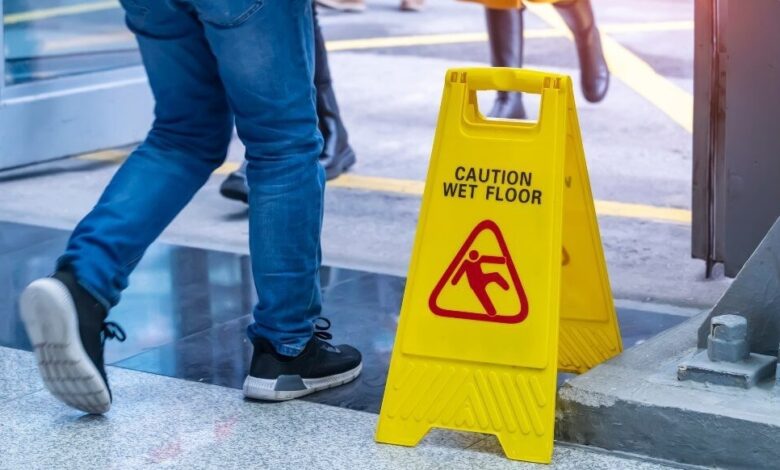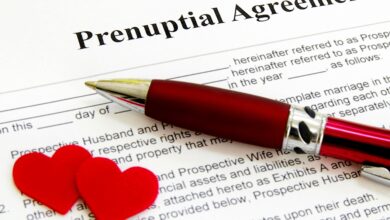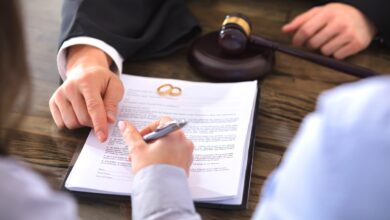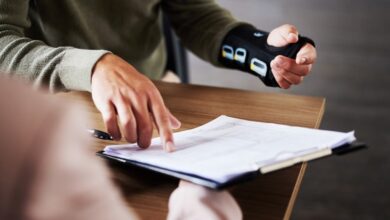Can I File a Lawsuit Even If There Was a Wet Floor Sign?

Understanding the complexities of premises liability can be a perplexing endeavor, especially when it involves deciphering the implications of a wet floor sign at the scene of a slip-and-fall accident. Many individuals might assume that the presence of such a sign automatically negates the property owner’s liability. However, the legal landscape is not always so black and white. According to the slip and fall injury lawyer at Salamati Law Firm, there are certain nuances to filing a lawsuit even when a wet floor sign was clearly displayed, offering insights into the considerations that could influence the outcome of such cases.
Read More: St. Louis Truck Accident Lawsuits and Settlements
Understanding Premises Liability
At the heart of premises liability law is the duty of property owners to ensure a safe environment for visitors. This includes addressing potential hazards and implementing reasonable measures to prevent accidents. When someone slips and falls, the presence of a wet floor sign becomes a crucial piece of evidence. However, it does not serve as an absolute shield against all forms of liability. The effectiveness of the warning, the circumstances leading to the accident, and the actions taken by the property owner all play pivotal roles in determining liability.
The Significance of a Wet Floor Sign
A wet floor sign is intended to serve as a warning to individuals about a potential hazard, thereby reducing the risk of accidents. Its presence indicates that the property owner or occupier has taken steps to communicate the danger. However, the mere existence of a sign does not automatically absolve the owner of all responsibility. It’s important to check if the warning signs are easy to spot and transparent about the danger to decide if an owner is responsible. Also, did they fix the problem fast? These are the main things to think about.
Assessing Liability Beyond the Sign
The crux of the matter lies in whether the property owner acted reasonably under the circumstances. This involves a thorough examination of several aspects:
- Visibility and Placement: Was the wet floor sign clearly visible and placed in proximity to the hazard? A sign that is obscured or located in an area that does not effectively warn of the danger may not fulfill its purpose.
- Timeliness and Effectiveness: Did the property owner promptly place the sign upon becoming aware of the wet floor? Moreover, was the sign an effective means of preventing the accident, or were additional measures necessary?
- Overall Safety Measures: Beyond the sign, were adequate efforts made to address the hazard? This could include efforts to dry the area, provide alternative pathways, or implement additional warnings.
Read More: 10 Class Action Lawsuits that Redefined Legal Precedents
Filing a lawsuit despite the presence of a wet floor sign requires a nuanced understanding of premises liability law and a strategic approach to building a case. It involves gathering evidence to demonstrate that the property owner’s actions—or lack thereof—failed to meet the standard of care owed to visitors. This may include testimonies from witnesses, photographic evidence of the scene, and expert opinions on the adequacy of the warning and the reasonableness of the property owner’s actions.
The decision to file a lawsuit following a slip and fall accident, even when a wet floor sign was present, hinges on a variety of factors that extend beyond the mere presence of the warning. When figuring out who’s at fault, a few things matter. First, was the sign effective? Did the property owner act sensibly? What exactly happened during the incident? Speaking with a lawyer is an excellent idea if you’re considering taking this to court. They can advise you on what fits your situation and help you in court. Dealing with these kinds of cases means looking at everything carefully. It would help if you showed that even though there was a warning sign, the property owner still messed up, leading to the accident. Knowing these details is crucial to standing up for yourself and getting your owed.









